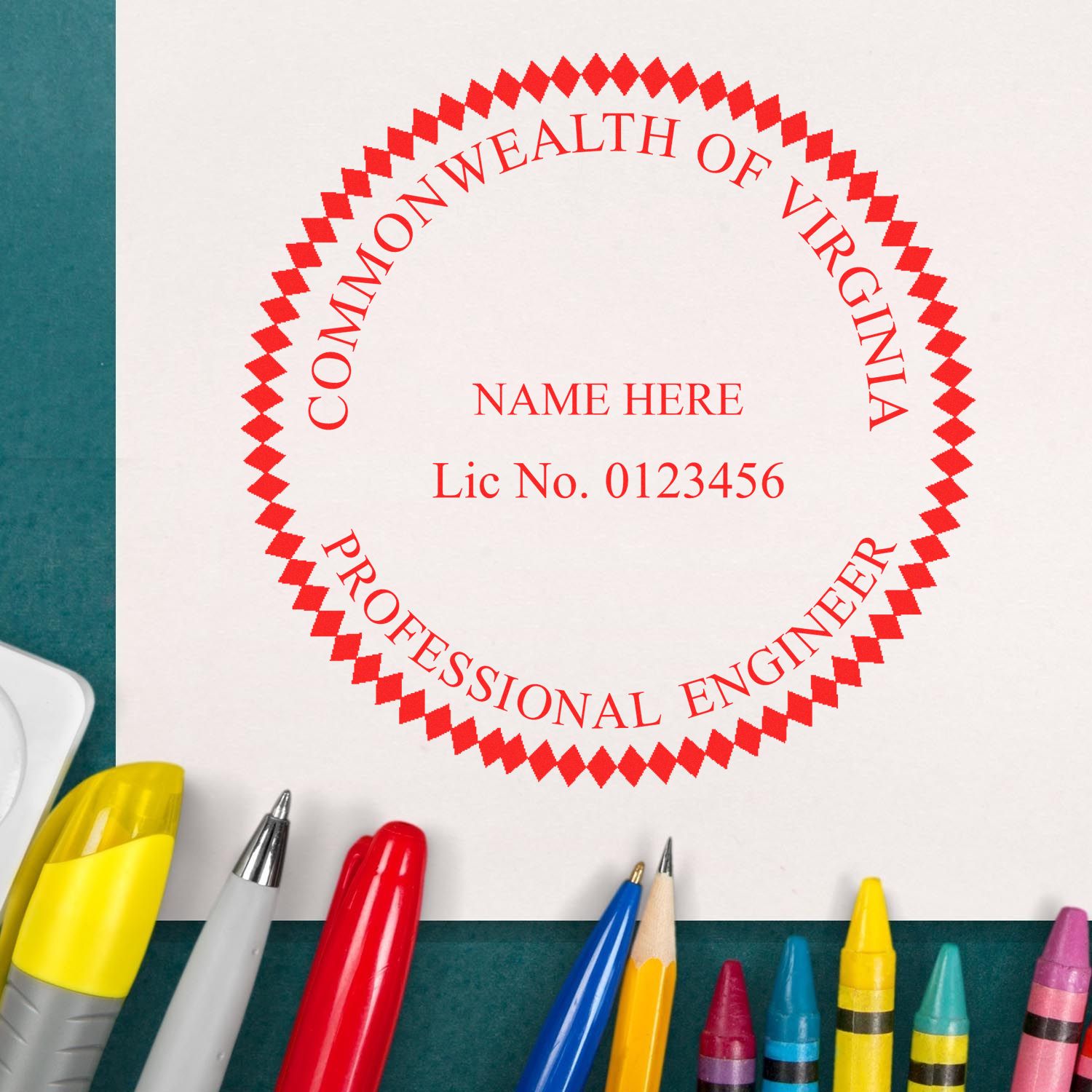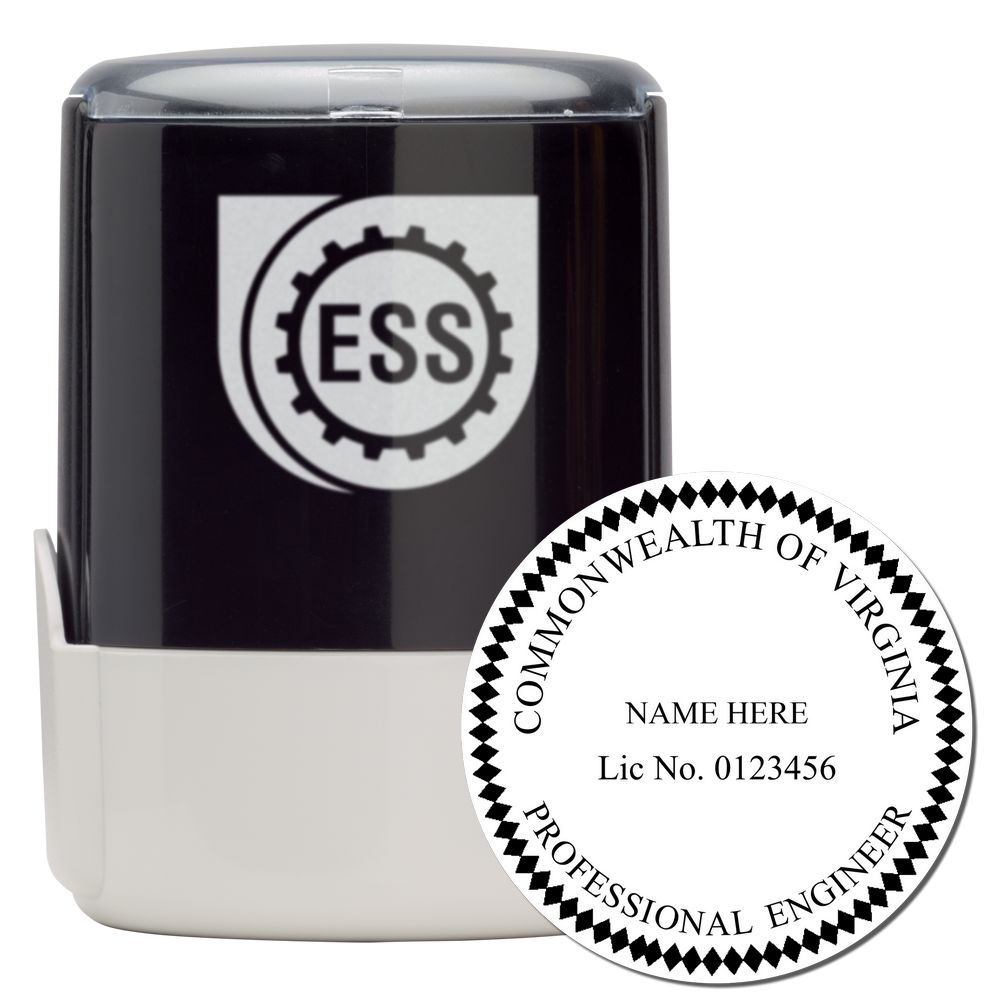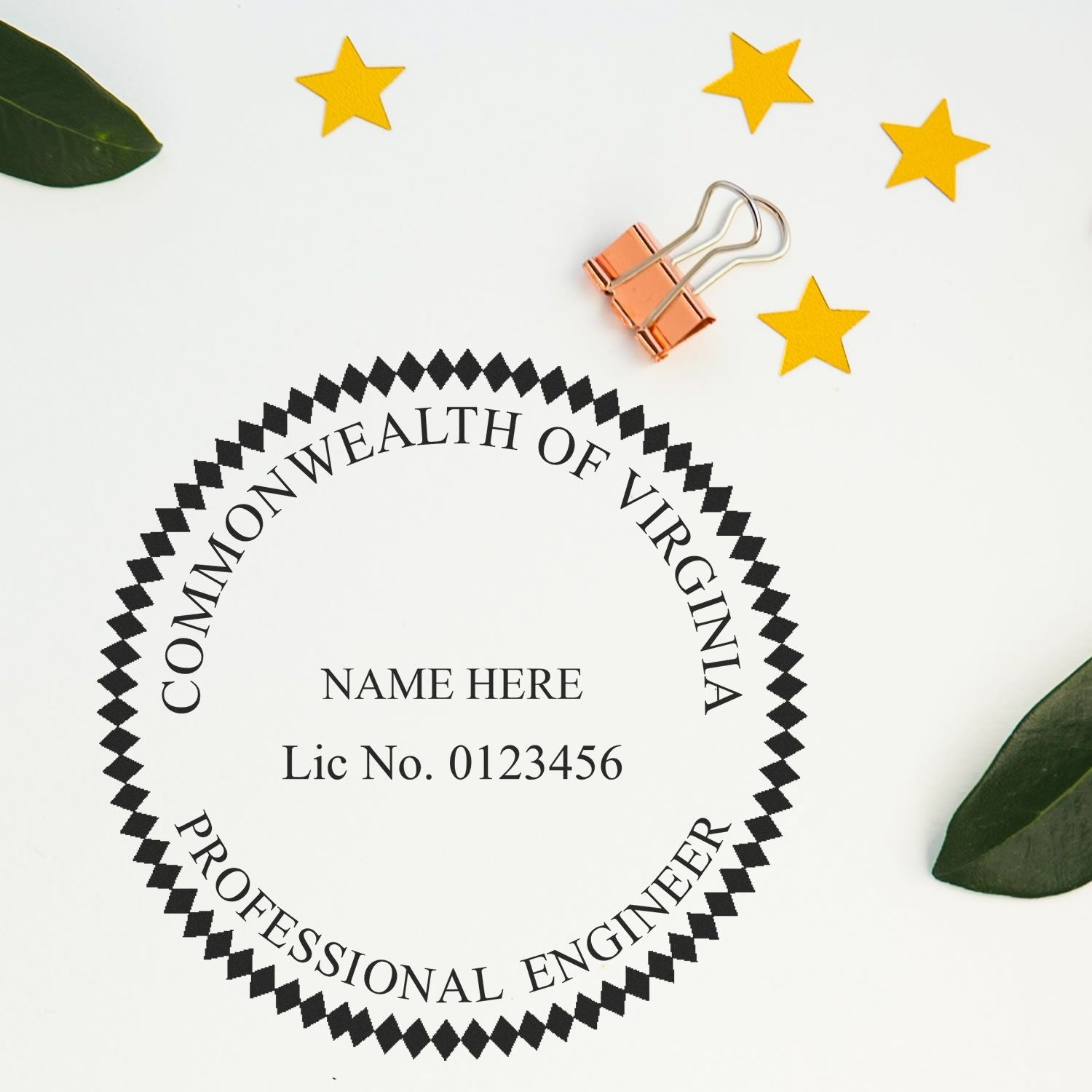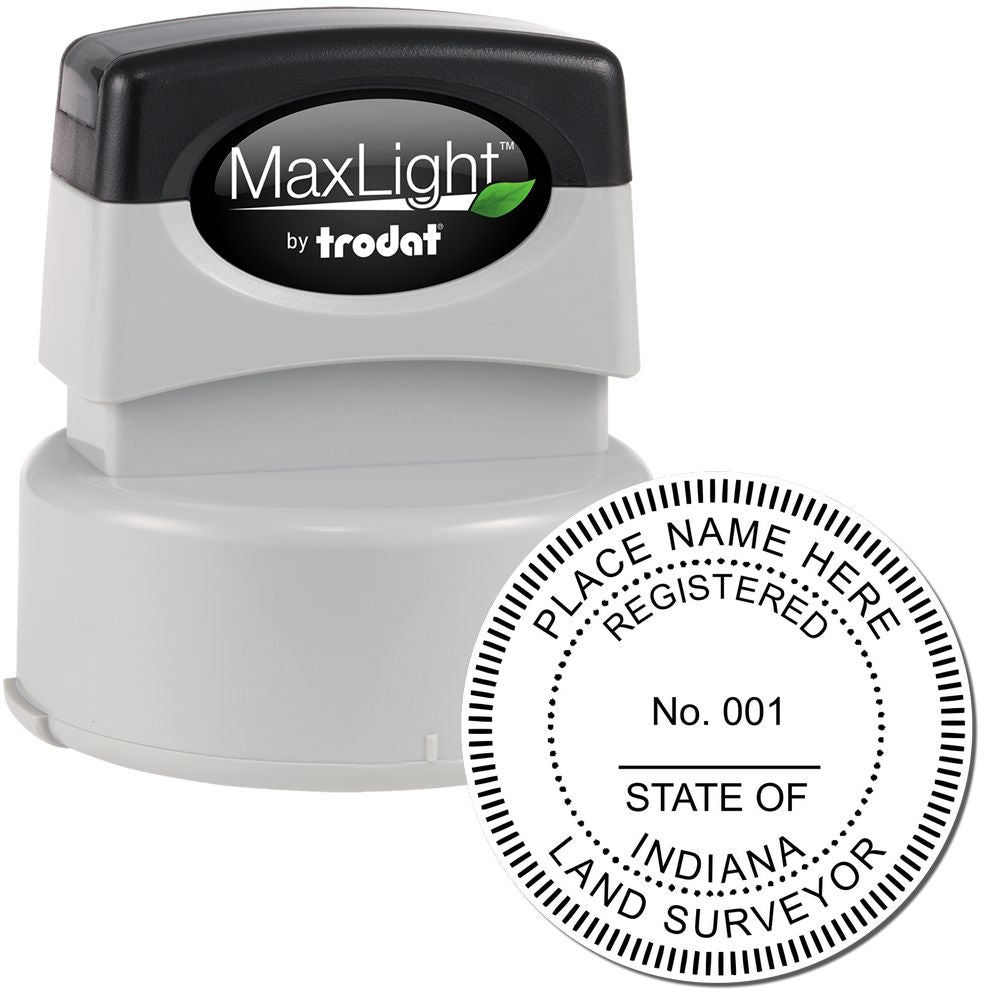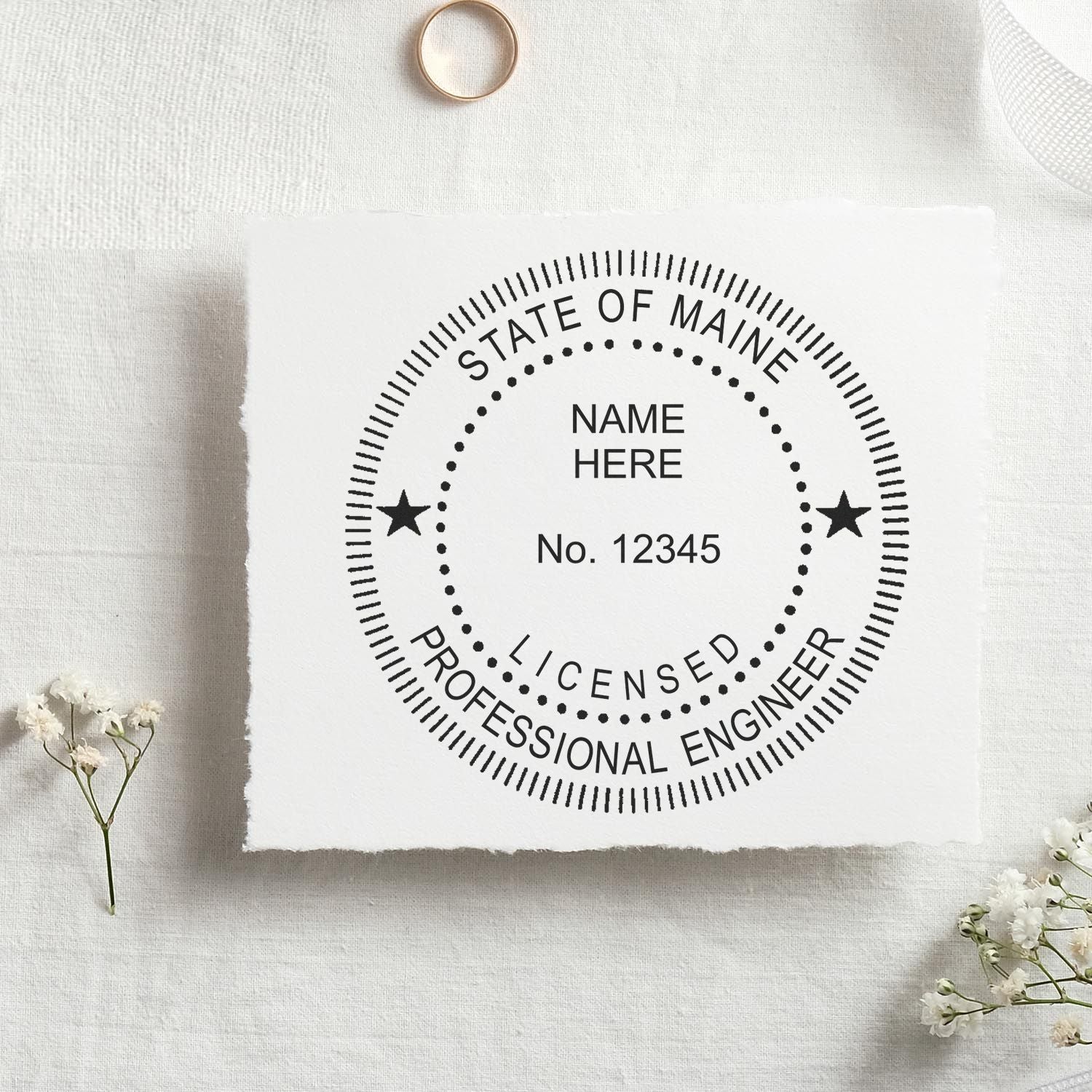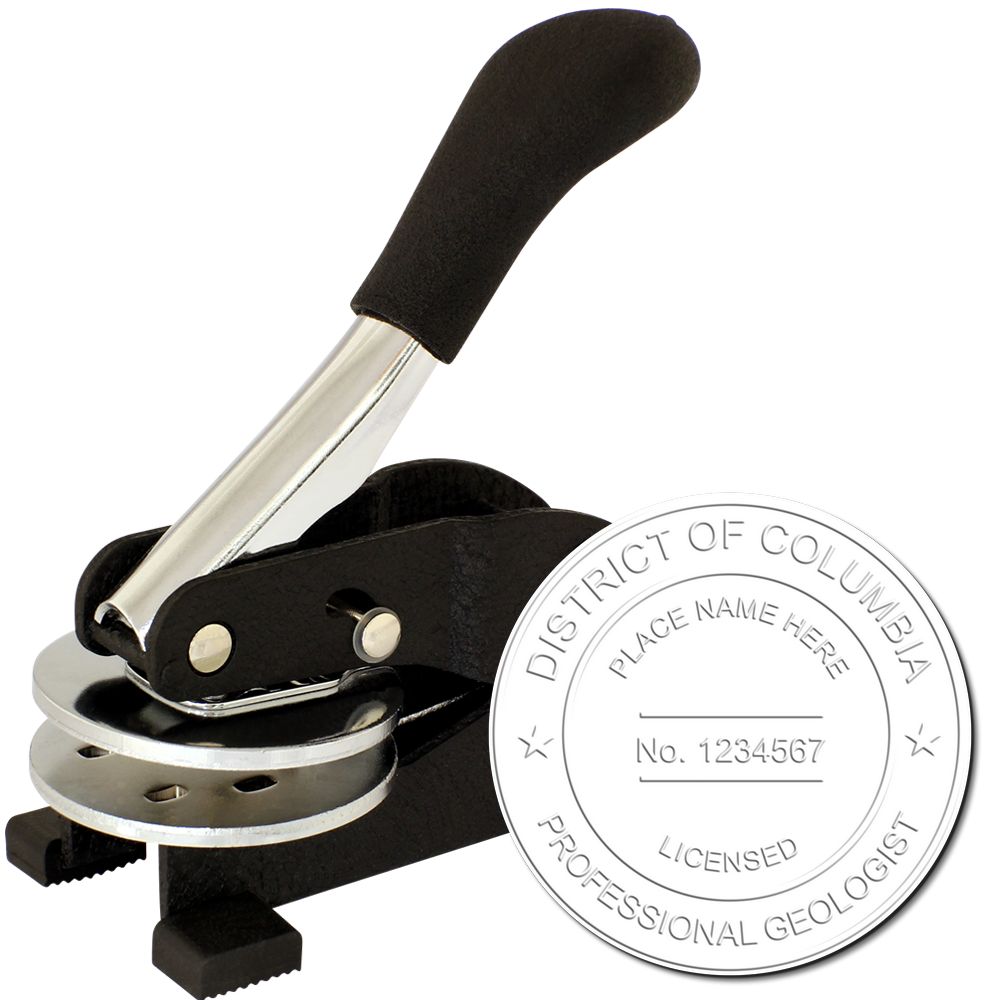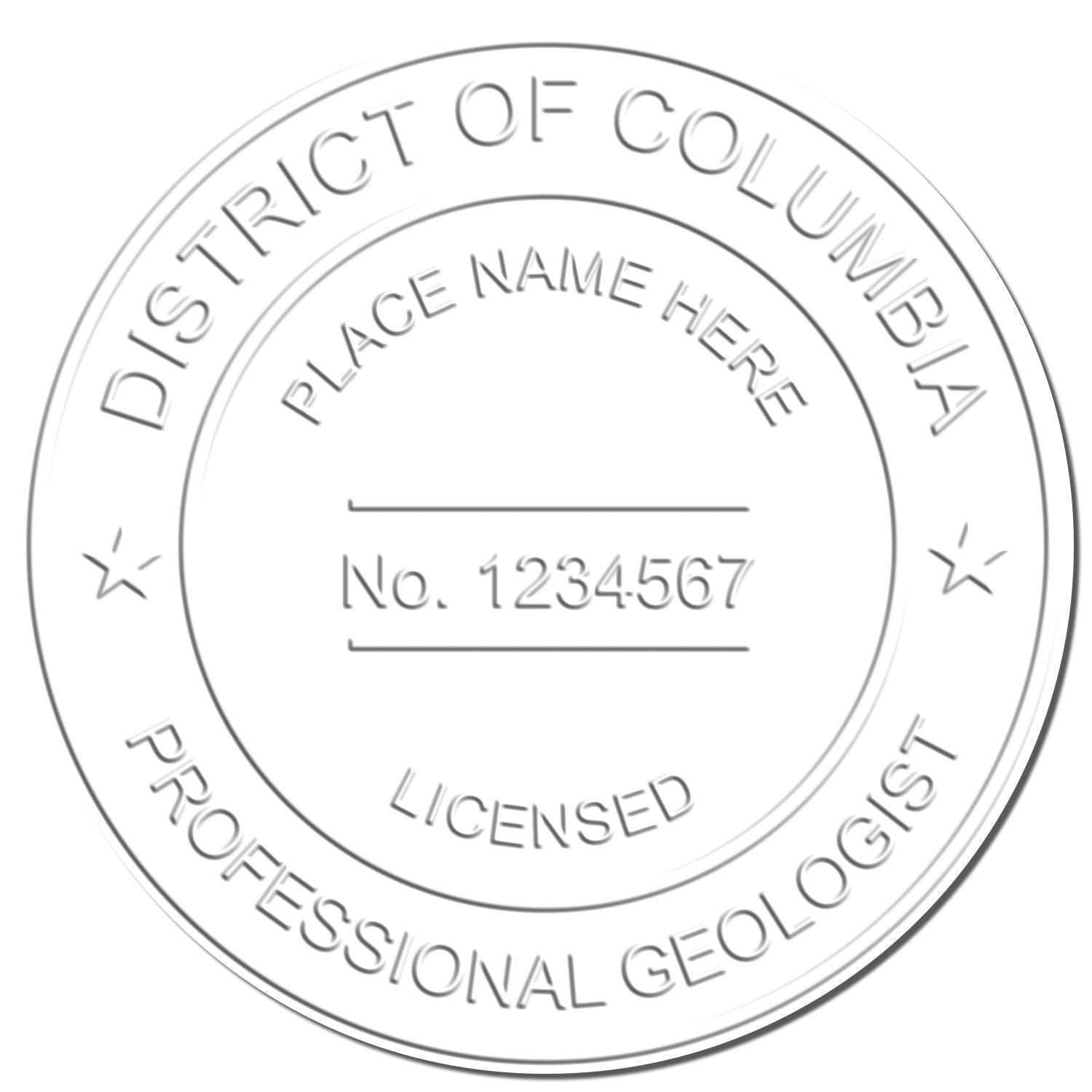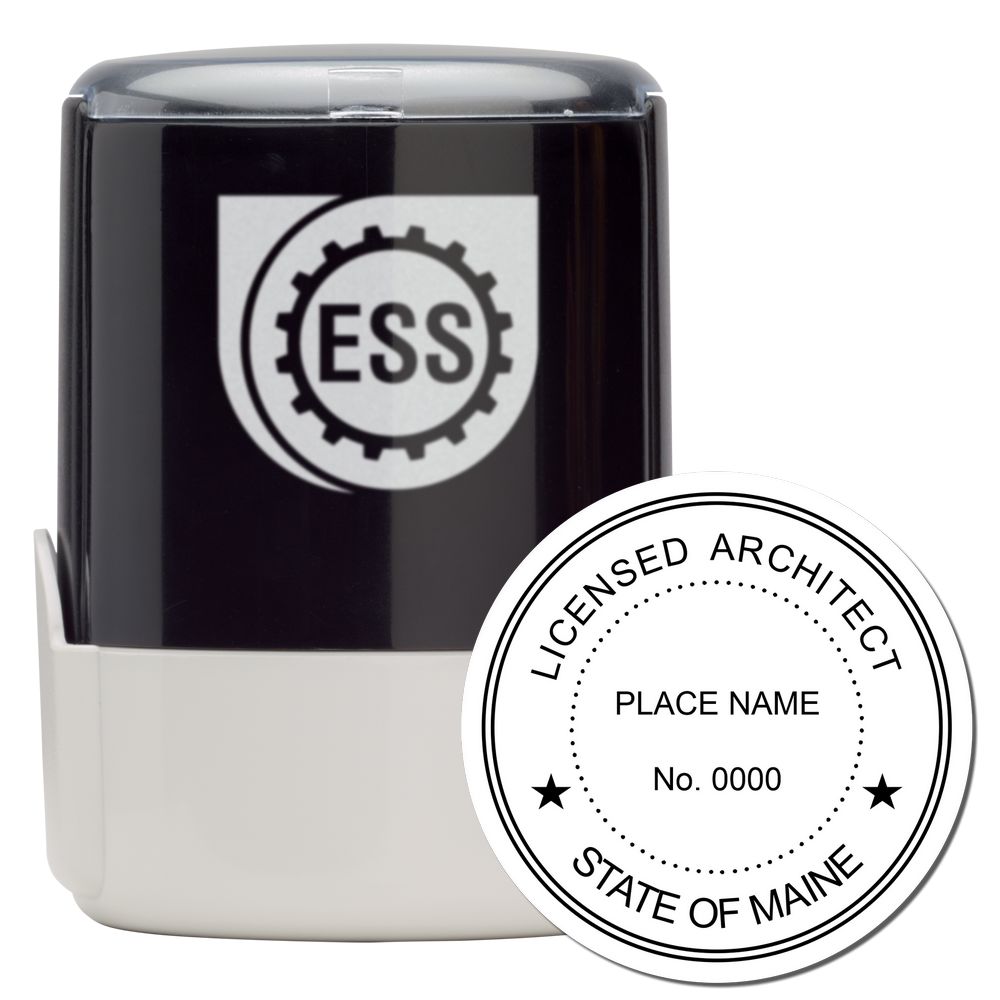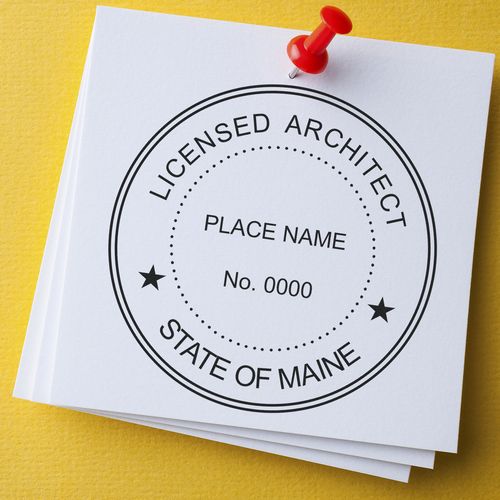Understanding Virginia PE Stamp Requirements
When it comes to practicing engineering in Virginia, understanding the Virginia PE Stamp requirements is of utmost importance. The Virginia PE Stamp, also known as the Virginia Engineer Stamp or Virginia Engineer Seal, serves as a symbol of an engineer's professionalism and expertise. In this section, we will explore the importance of the Virginia PE Stamp and provide an overview of the requirements associated with it.
Importance of the Virginia PE Stamp
The Virginia PE Stamp holds significant value in the engineering profession. It signifies that a licensed Professional Engineer (PE) has reviewed and taken responsibility for the engineering work being performed. The stamp assures clients, regulatory bodies, and the public that the engineering plans, designs, and documents have been prepared by a qualified professional who is accountable for the accuracy and safety of the work.
Having a Virginia PE Stamp lends credibility and enhances trust in an engineer's work. It demonstrates their commitment to upholding the highest standards of professionalism, ethics, and competence. Many engineering projects, particularly those that involve public safety, require the involvement of a licensed PE and the application of the Virginia PE Stamp.
Overview of Virginia PE Stamp Requirements
To be eligible for the Virginia PE Stamp, engineers must fulfill certain requirements set forth by the Virginia Board of Architects, Professional Engineers, Land Surveyors, Certified Interior Designers, and Landscape Architects (APELSCIDLA Board). These requirements encompass educational qualifications, professional experience, and successful completion of the PE exam.
Educational Requirements
To obtain a Virginia PE Stamp, individuals must hold a bachelor's degree or higher in engineering from an accredited college or university. The degree should be in a discipline that is relevant to the practice of engineering. The APELSCIDLA Board evaluates each applicant's educational credentials to ensure they meet the necessary standards.
Experience Requirements
In addition to the educational requirements, engineers seeking the Virginia PE Stamp must also accumulate a certain amount of professional engineering experience. The APELSCIDLA Board typically requires a minimum of four years of progressive engineering experience. This experience should demonstrate the application of engineering principles, the ability to analyze and solve engineering problems, and the responsible charge of engineering work.
Passing the PE Exam
Successfully passing the Principles and Practice of Engineering (PE) exam is a crucial step towards obtaining the Virginia PE Stamp. The PE exam evaluates an engineer's competency and knowledge in their chosen discipline. It tests their ability to apply engineering principles to real-world scenarios and assesses their understanding of professional ethics and regulations. The exam is administered by the National Council of Examiners for Engineering and Surveying (NCEES).
By meeting the educational, experience, and examination requirements, engineers can apply for and obtain the Virginia PE Stamp. It is important to note that the specific requirements may vary, and it is advisable to refer to the official guidelines provided by the APELSCIDLA Board for detailed information. For more information on the Virginia PE Stamp guidelines, you can refer to our article on virginia pe stamp guidelines.
Understanding the Virginia PE Stamp requirements is essential for engineers practicing in Virginia. It demonstrates their qualification, expertise, and commitment to ensuring the safety, accuracy, and integrity of engineering projects.
Eligibility for the Virginia PE Stamp
Before obtaining the Virginia PE (Professional Engineer) Stamp, it is important to ensure that you meet the necessary eligibility requirements. These requirements encompass educational qualifications, experience, and successfully passing the PE Exam.
Educational Requirements
To be eligible for the Virginia PE Stamp, candidates must possess a Bachelor's degree in engineering from an ABET-accredited (Accreditation Board for Engineering and Technology) program or an equivalent program. The degree should be in the specific field of engineering in which the individual intends to practice. It is essential to graduate from an accredited program to ensure that your education meets the industry standards and requirements.
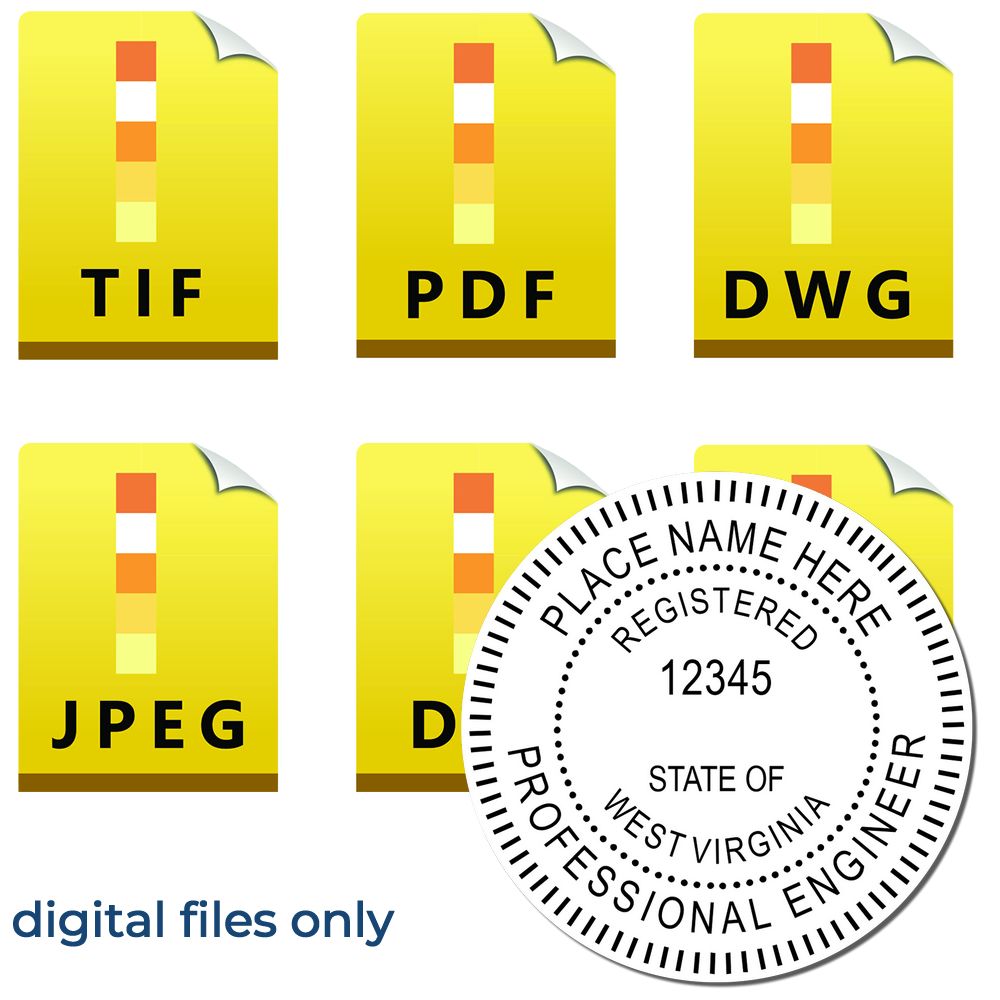

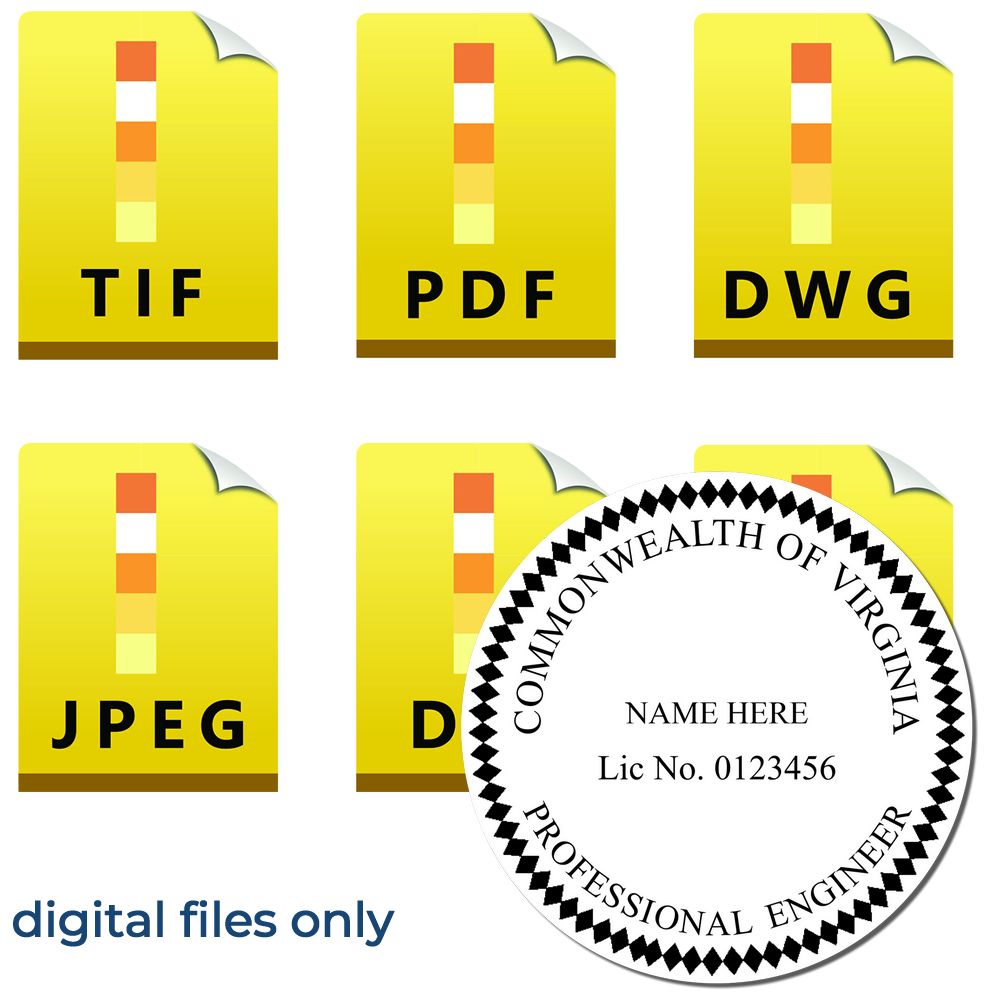
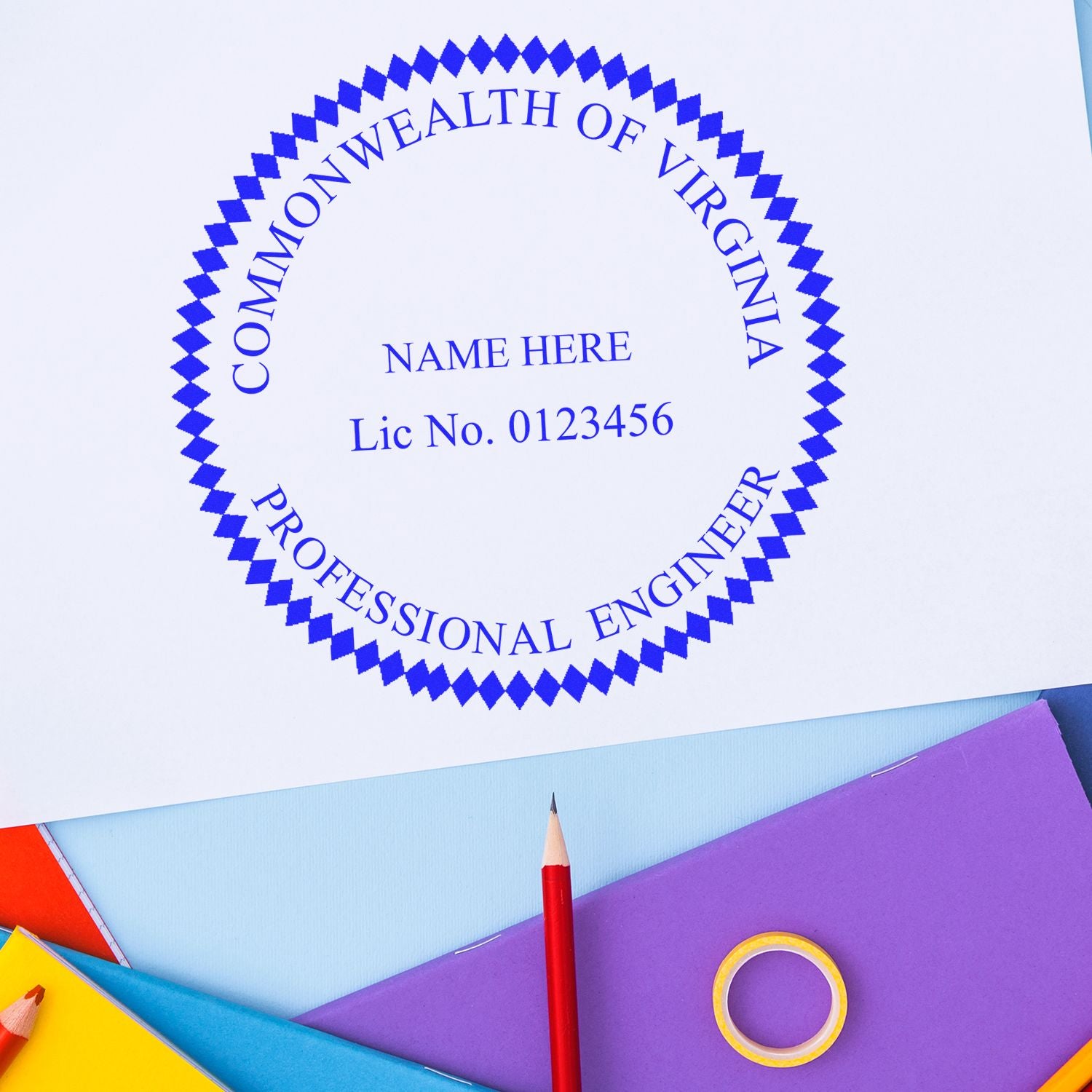


Experience Requirements
In addition to the educational qualifications, candidates must also have relevant work experience in their chosen field of engineering. The Virginia Board of Professional Engineers requires a minimum of four years of progressive experience under the direct supervision of a licensed professional engineer. This experience should be obtained after completing the required education. The experience should demonstrate the candidate's ability to apply engineering principles and practices to real-world projects.
Passing the PE Exam
One of the key requirements for obtaining the Virginia PE Stamp is passing the PE Exam. The PE Exam is a comprehensive examination that evaluates the candidate's knowledge and competency in their chosen field of engineering. It is administered by the National Council of Examiners for Engineering and Surveying (NCEES). The exam consists of two components: the Fundamentals of Engineering (FE) exam and the Principles and Practice of Engineering (PE) exam.
The FE exam is typically taken by candidates who have recently graduated or are close to completing their engineering degree. On the other hand, the PE exam is taken by individuals who have gained the necessary education and experience. Passing the PE exam demonstrates that the candidate has the required knowledge and skills to practice engineering in a responsible and ethical manner.
To ensure success in the PE exam, it is recommended to thoroughly review the exam specifications provided by the NCEES. Additionally, there are various resources available, such as study guides and exam review courses, that can help candidates prepare for the exam. For more information about the Virginia PE Stamp and guidelines, visit our article on Virginia PE Stamp Guidelines.
By meeting the educational requirements, gaining the necessary experience, and successfully passing the PE Exam, individuals can become eligible for the Virginia PE Stamp. It is important to thoroughly understand these requirements and ensure that all criteria are met before proceeding with the application process. For more information on the regulations and guidelines for the Virginia PE Stamp, you can refer to the Virginia Board of Professional Engineers or visit our article on Virginia PE Stamp Regulations.
Applying for the Virginia PE Stamp
If you're an engineer looking to obtain the Virginia PE stamp, it's important to understand the application process and the necessary documentation and forms required. This section will provide an overview of the application process, the required documentation and forms, and the associated fees and timelines.
Application Process
To apply for the Virginia PE stamp, you must submit an application to the Virginia Board of Architects, Professional Engineers, Land Surveyors, Certified Interior Designers, and Landscape Architects (APELSCIDLA Board). The application process involves several steps, including:
-
Completing the application form: Fill out the application form provided by the APELSCIDLA Board. Ensure that all sections are completed accurately and thoroughly.
-
Gathering supporting documents: Collect the necessary supporting documents, which may include educational transcripts, proof of work experience, and verification of passing the PE exam. Make sure to review the specific requirements outlined by the APELSCIDLA Board to ensure you include all the required documentation.
-
Professional references: Provide professional references who can attest to your character and engineering experience. These references should be individuals who have direct knowledge of your work and can provide a recommendation.
-
Submitting the application: Once you have completed the application form and gathered all the necessary documents, submit your application along with the required fees to the APELSCIDLA Board. Keep a copy of the application and supporting documents for your records.
Documentation and Forms
When applying for the Virginia PE stamp, you will need to provide specific documentation and forms to demonstrate your eligibility. The required documents may include:
-
Educational transcripts: Official transcripts from an accredited engineering program or a related field.
-
Work experience verification: Documentation that verifies your engineering work experience, such as employment verification letters or project summaries.
Save 22%
 West Virginia Professional Engineer Seal Stamp, WV PE Stamp3005ENG-WVSale price$34.95 Regular price$45.00Save 22%
West Virginia Professional Engineer Seal Stamp, WV PE Stamp3005ENG-WVSale price$34.95 Regular price$45.00Save 22%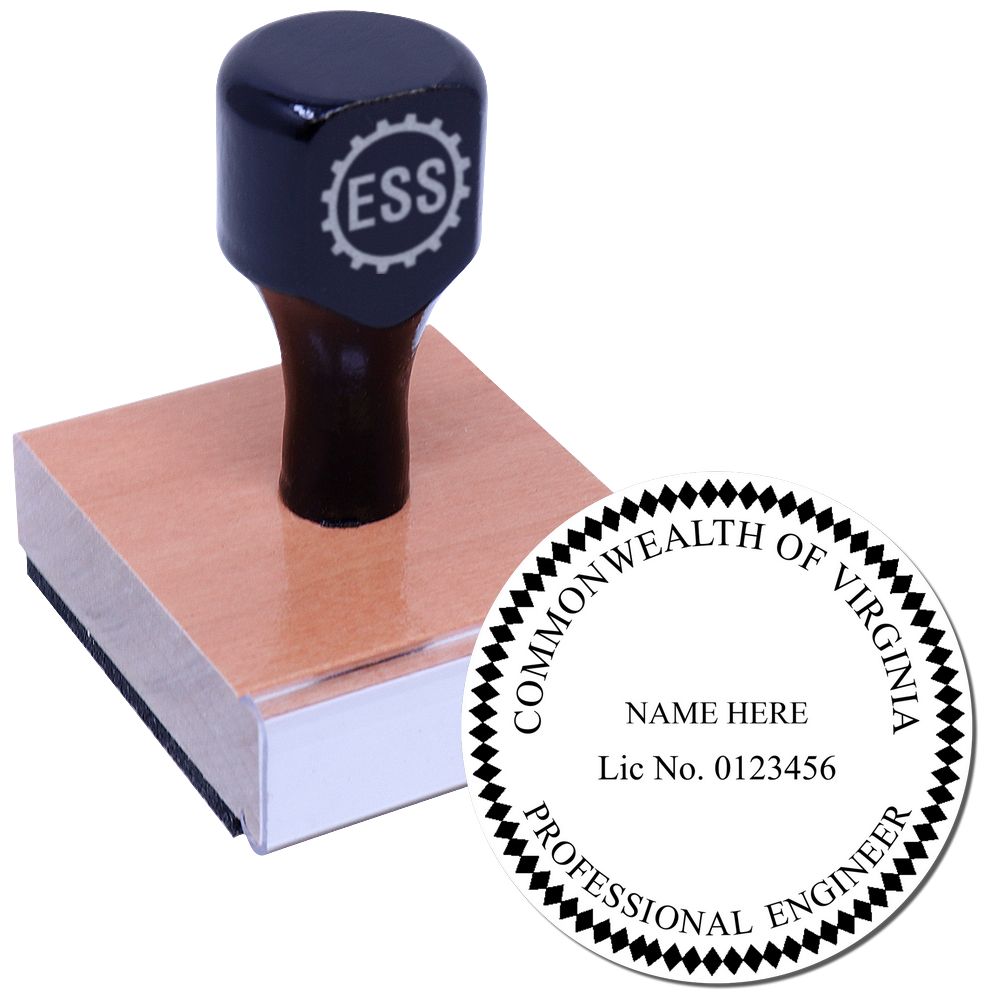
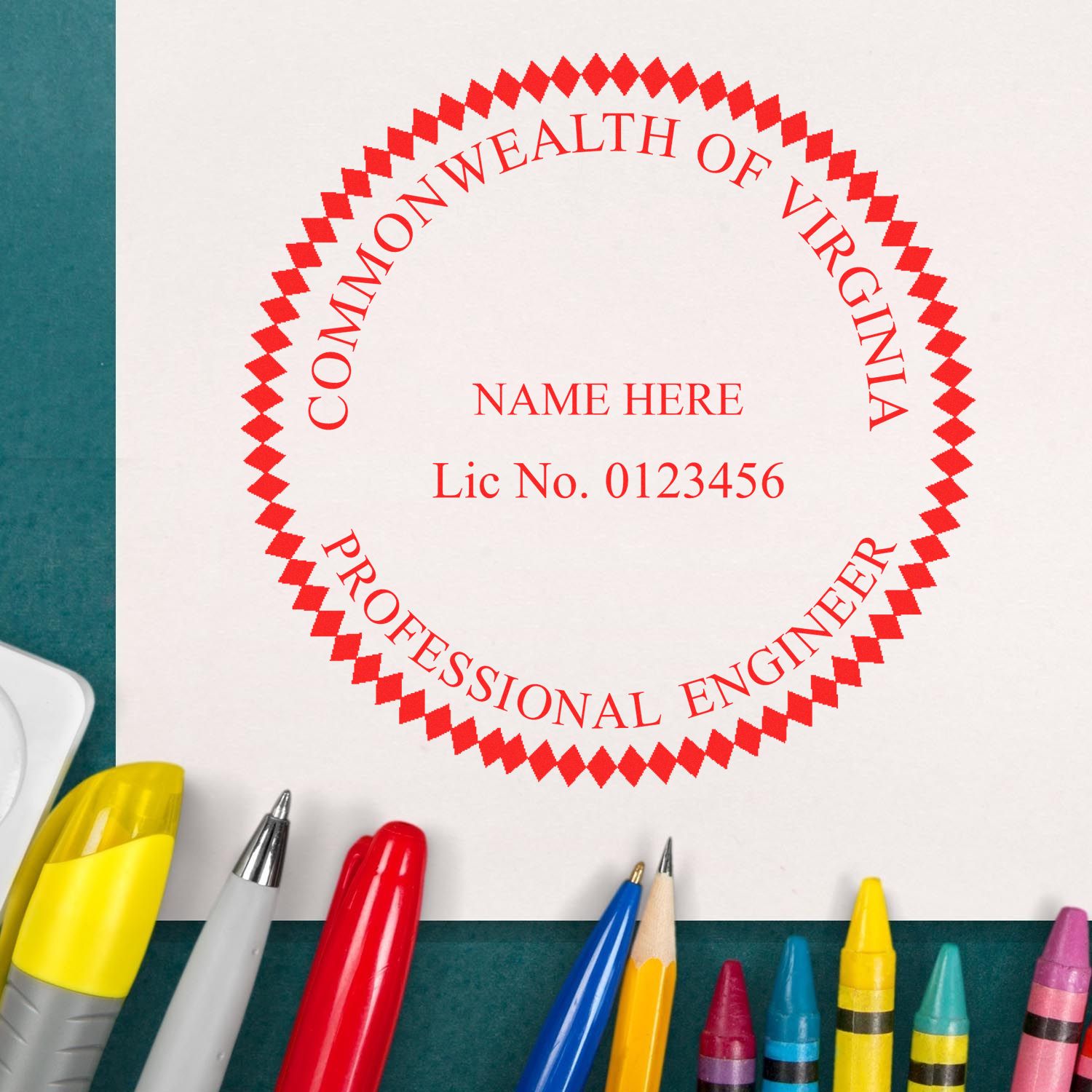 Virginia Professional Engineer Seal Stamp, VA PE Stamp3005ENG-VASale price$34.95 Regular price$45.00Save 15%
Virginia Professional Engineer Seal Stamp, VA PE Stamp3005ENG-VASale price$34.95 Regular price$45.00Save 15%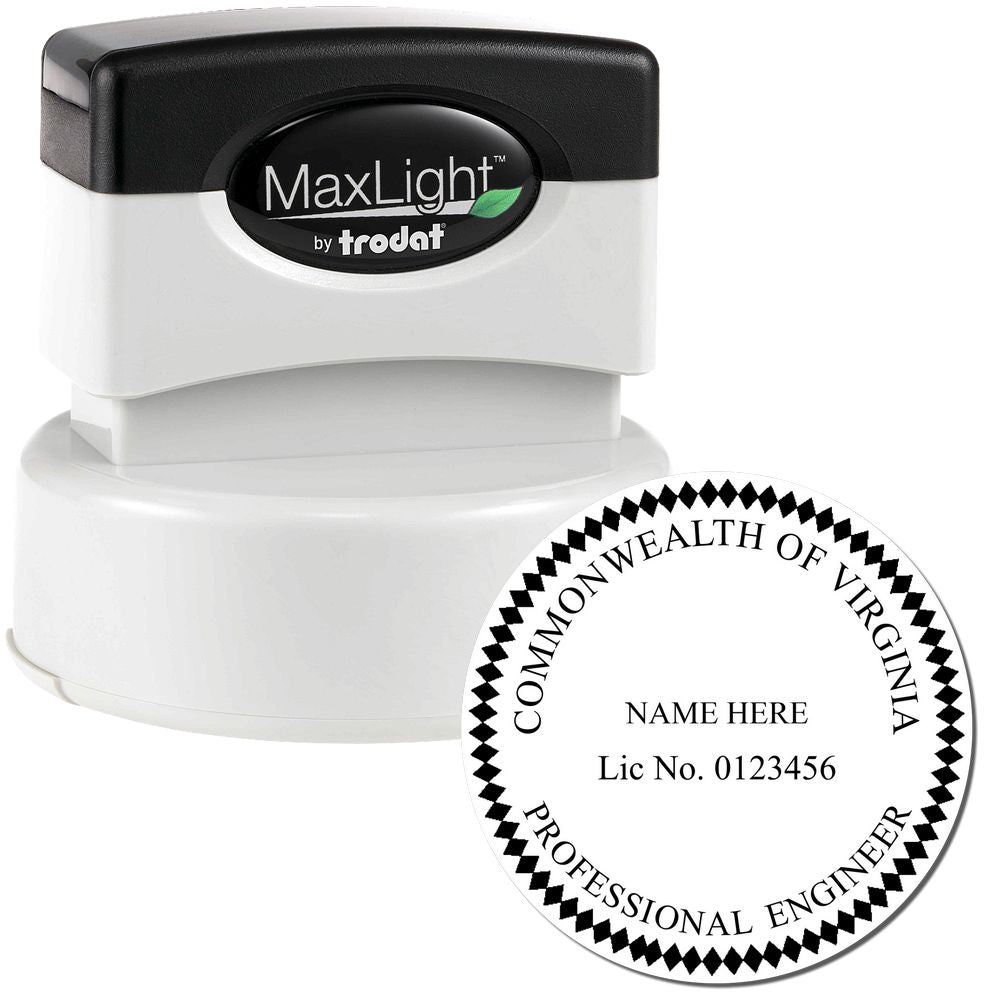
 Premium MaxLight Pre-Inked Virginia Engineering Stamp3021ENG-VASale price$46.95 Regular price$54.95Save 15%
Premium MaxLight Pre-Inked Virginia Engineering Stamp3021ENG-VASale price$46.95 Regular price$54.95Save 15%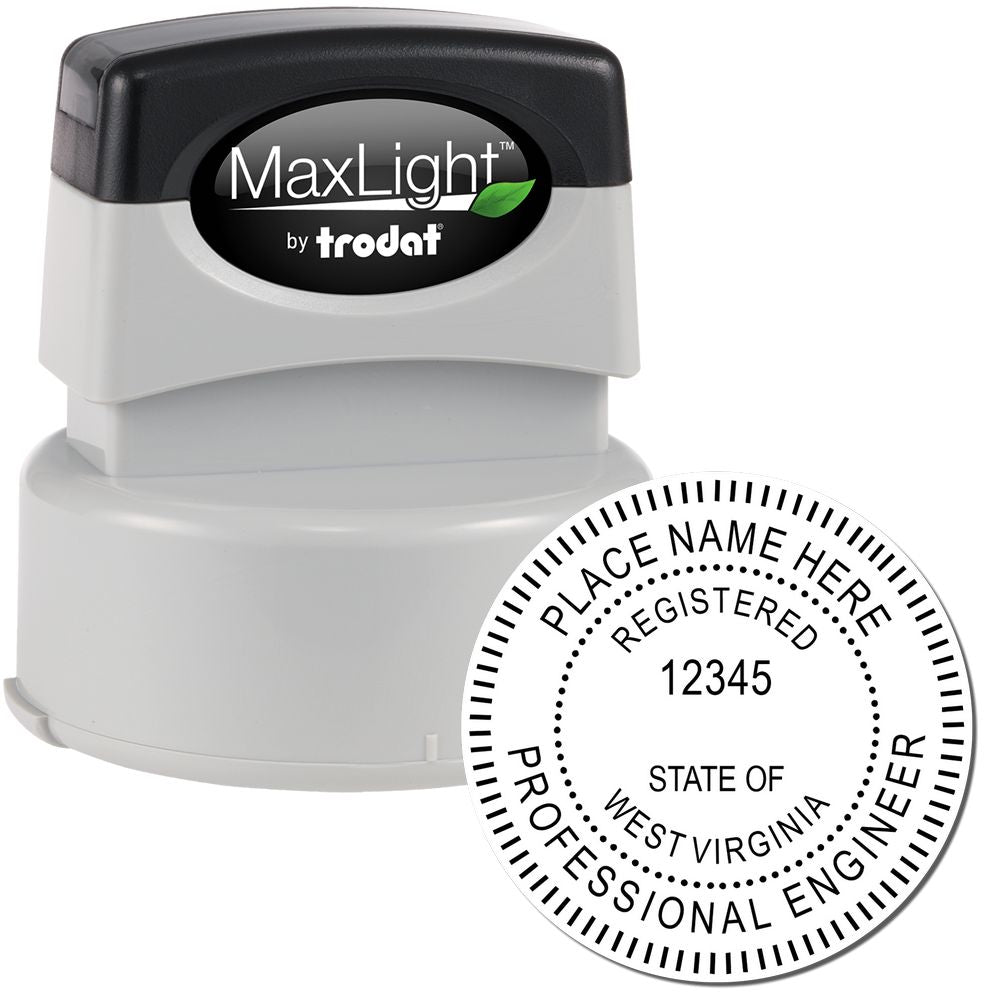
 Premium MaxLight Pre-Inked West Virginia Engineering Stamp3021ENG-WVSale price$46.95 Regular price$54.95
Premium MaxLight Pre-Inked West Virginia Engineering Stamp3021ENG-WVSale price$46.95 Regular price$54.95 -
PE exam results: Proof of passing the Principles and Practice of Engineering (PE) exam in your discipline.
It's essential to review the guidelines provided by the APELSCIDLA Board to ensure you meet all the necessary documentation requirements. For more information on the specific documentation needed, you can refer to the Virginia PE stamp guidelines.
Fees and Timelines
When applying for the Virginia PE stamp, there are associated fees and timelines that you should be aware of. The exact fees may vary, so it's important to check the current fee schedule provided by the APELSCIDLA Board. The fees typically cover the application processing, evaluation, and the issuance of the PE stamp.
In addition to the fees, it's important to consider the timelines associated with the application process. The APELSCIDLA Board requires sufficient time to review and process applications. The processing time can vary depending on the volume of applications received. It's advisable to submit your application well in advance to allow for any potential delays.
To stay up-to-date on the current fees and timelines, visit the APELSCIDLA Board's official website or consult the Virginia PE stamp regulations.
By understanding the application process, gathering the necessary documentation, and adhering to the associated fees and timelines, you can navigate the process of obtaining the Virginia PE stamp with confidence. Ensure that you follow the guidelines set forth by the APELSCIDLA Board to increase your chances of a successful application.
Responsibilities and Limitations of the Virginia PE Stamp
Obtaining the Virginia PE stamp comes with certain responsibilities and limitations that engineers must be aware of to ensure compliance with the regulations. This section will explore three key aspects: professional liability, stamping and sealing documents, and continuing education requirements.
Professional Liability
With the privilege of holding a Virginia PE stamp comes the responsibility of professional liability. As a licensed professional engineer, individuals are held accountable for the work they perform and the decisions they make. It is crucial to adhere to ethical and professional standards to protect the public and maintain the integrity of the engineering profession.
Engineers should exercise their expertise and professional judgment diligently while providing services to clients and the public. They should also be aware of the legal and ethical obligations associated with their work. Understanding the Virginia PE stamp guidelines and regulations is essential in ensuring compliance and minimizing the risk of professional liability. For more information on the Virginia PE stamp guidelines, refer to our article on Virginia PE stamp guidelines.
Stamping and Sealing Documents
One of the primary purposes of the Virginia PE stamp is to indicate professional responsibility for engineering documents. Engineers with a valid PE stamp have the authority to stamp and seal engineering documents, such as plans, designs, and reports, to certify that they meet the required standards and comply with applicable regulations.
When stamping and sealing documents, engineers must verify that the work presented is accurate, complete, and in compliance with relevant codes and regulations. It is crucial to ensure that the stamp and seal are legible and clearly indicate the engineer's name, license number, and the date of sealing. For detailed information on the requirements for the Virginia PE stamp, visit our article on Virginia professional engineer stamp.
Continuing Education Requirements
To maintain the validity of the Virginia PE stamp, engineers must fulfill continuing education requirements. These requirements ensure that professionals stay updated with the latest advancements, technologies, and practices in their field. The Virginia Board of Professional Engineers mandates a certain number of continuing education hours to be completed within each renewal period.
Engineers should proactively seek out relevant educational opportunities, such as conferences, workshops, seminars, and courses, to fulfill the continuing education requirements. These programs can enhance professional skills, expand knowledge, and foster professional growth. It is important to keep track of completed continuing education hours and maintain the necessary documentation for future renewal purposes. For more information on the Virginia PE stamp regulations, refer to our article on Virginia PE stamp regulations.
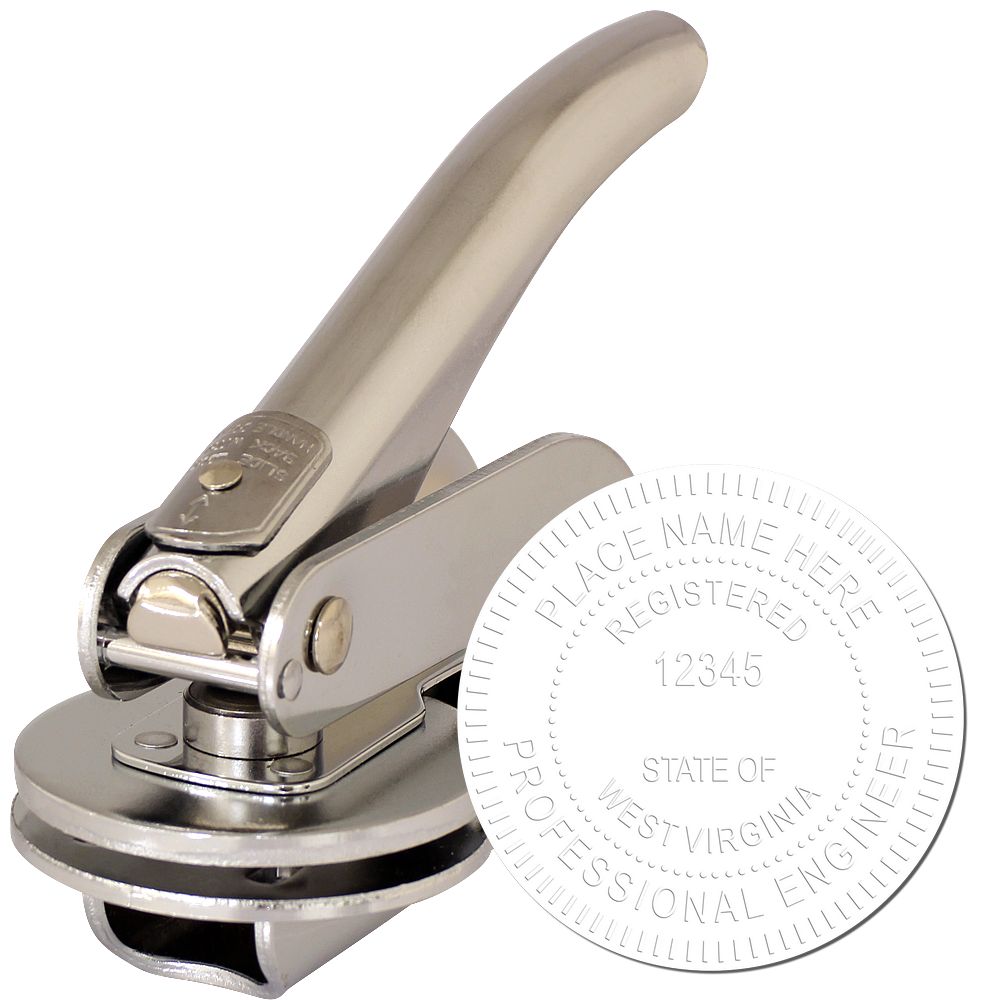
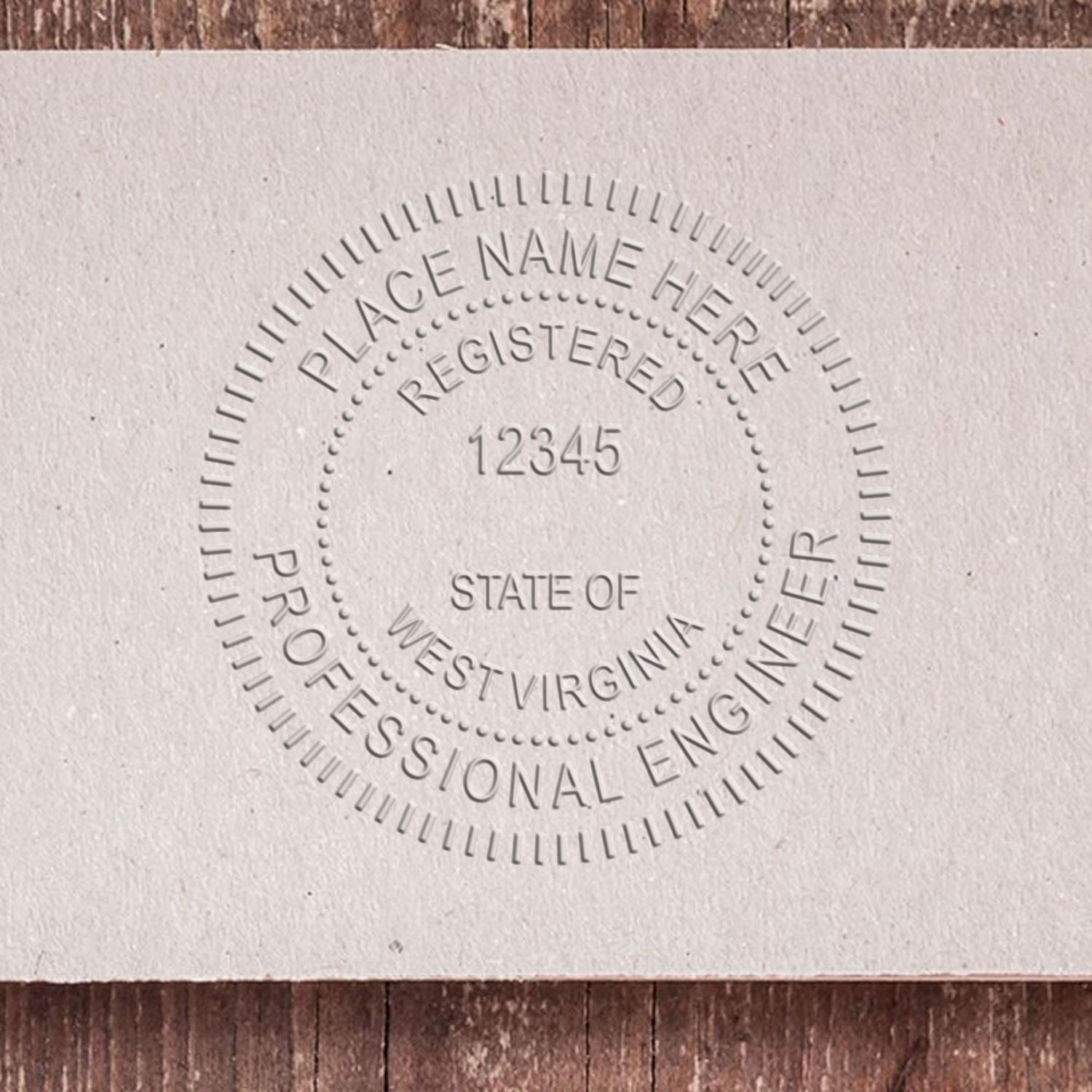
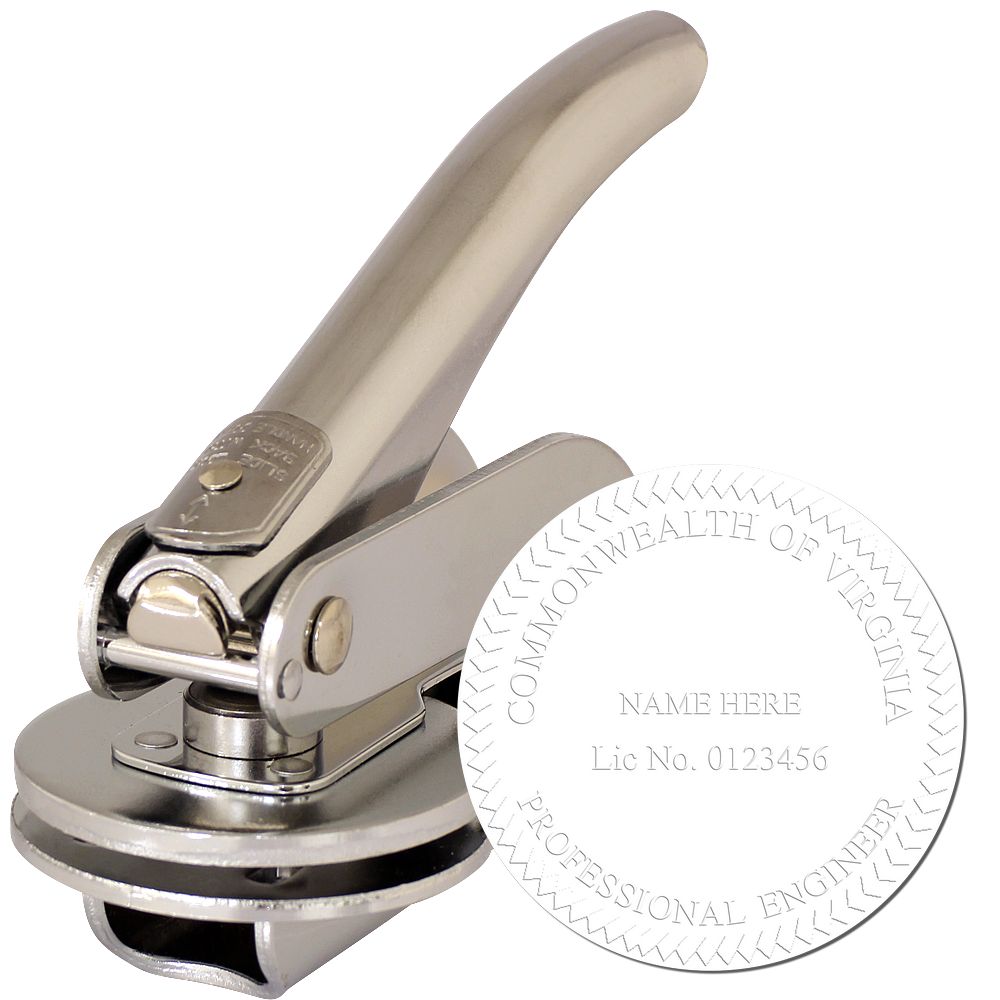
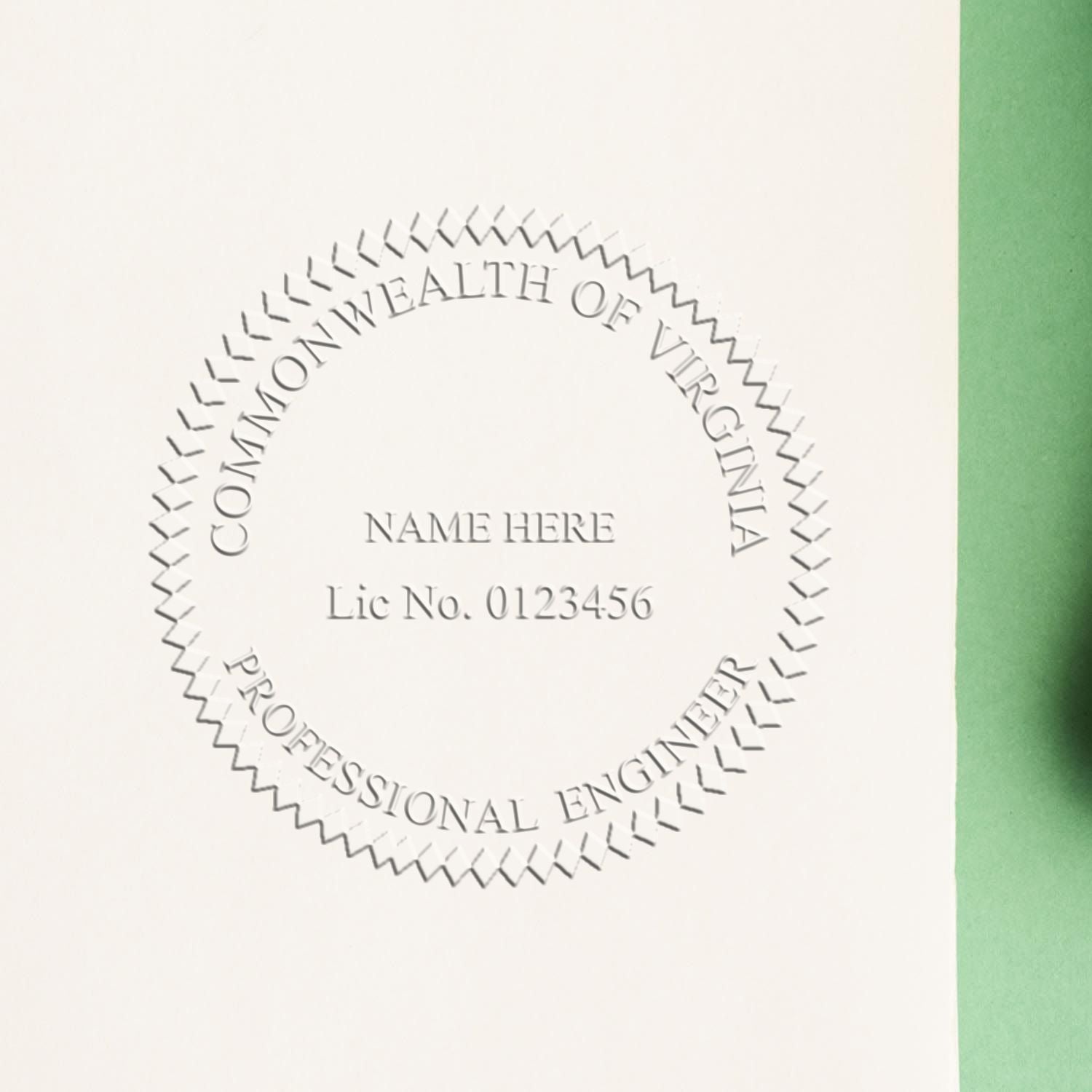
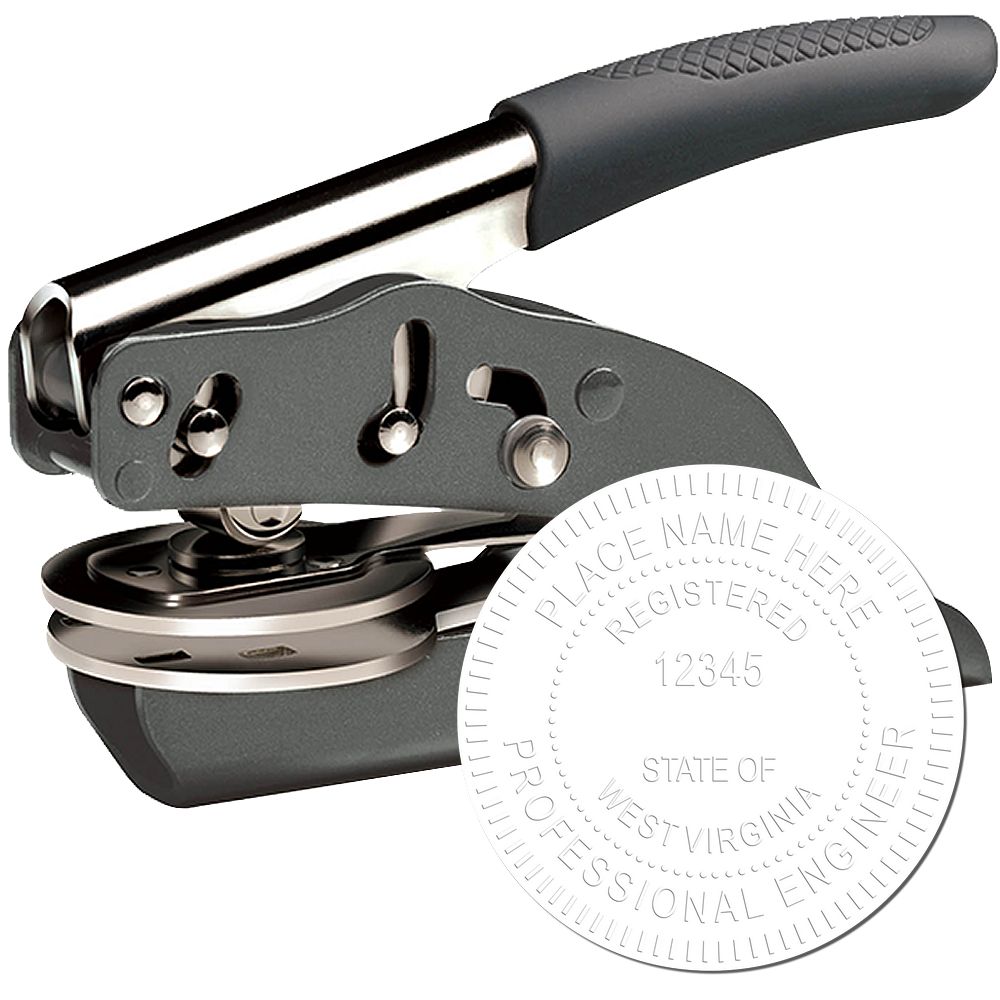

Understanding and fulfilling the responsibilities and limitations associated with the Virginia PE stamp is essential for engineers. By upholding professional liability, correctly stamping and sealing documents, and meeting continuing education requirements, engineers can ensure compliance with the regulations and maintain the integrity of the engineering profession.
Resources and Support for Virginia PE Stamp
Obtaining a Virginia PE Stamp requires a thorough understanding of the requirements and regulations. Fortunately, there are various resources and support systems available to assist engineers in navigating the process and ensuring compliance.
Professional Engineering Organizations
Professional engineering organizations play a vital role in providing guidance and support to engineers seeking a Virginia PE Stamp. These organizations offer valuable resources such as educational materials, networking opportunities, and professional development programs. By becoming a member of these organizations, engineers can stay updated on the latest industry trends, regulations, and best practices.
Some prominent professional engineering organizations that engineers in Virginia can turn to for support include the National Society of Professional Engineers (NSPE) and the Virginia Society of Professional Engineers (VSPE). These organizations provide a wealth of information and support, including access to seminars, webinars, and conferences tailored to the needs of professional engineers. They also serve as a platform for engineers to connect with peers, share experiences, and seek advice.
State Regulatory Boards
State regulatory boards are responsible for overseeing and enforcing the regulations and requirements for obtaining a Virginia PE Stamp. These boards provide essential guidance and support throughout the application process and ensure that engineers meet the necessary qualifications.
In Virginia, the Virginia Department of Professional and Occupational Regulation (DPOR) is the regulatory board responsible for licensing professional engineers. The DPOR website offers valuable information and resources related to the Virginia PE Stamp, including guidelines, application forms, and frequently asked questions. It is an essential resource for engineers seeking to understand and fulfill the requirements set forth by the state.
Additional References and Materials
In addition to professional engineering organizations and state regulatory boards, there are several other references and materials that engineers can consult to gain a comprehensive understanding of Virginia PE Stamp requirements.
Online platforms like EngineerSealStamps.com provide detailed information on Virginia PE Stamp guidelines, regulations, and the process for obtaining a PE stamp in Virginia. Their articles, such as Virginia Professional Engineer Stamp, PE Stamp Virginia, Virginia Engineering Seal, Virginia PE Stamp Guidelines, and Virginia PE Stamp Regulations, offer valuable insights and resources for engineers navigating the Virginia PE Stamp requirements.
Engineers can also refer to relevant textbooks, industry publications, and online forums to gather additional information and insights from experienced professionals.
By utilizing these resources and support systems, engineers can ensure they meet the necessary requirements and successfully obtain their Virginia PE Stamp. It is crucial to stay informed, seek guidance when needed, and leverage the available resources to navigate the process effectively.
About ESS
At ESS - Engineer Seal Stamps, precision meets passion. As leading craftsmen in the industry, we meticulously design custom rubber stamps, professional seals, and notary stamps tailored to perfection. But what truly sets us apart is our unwavering commitment to stellar customer service. Every interaction, every product, and every detail is infused with our promise of excellence, further cemented by our esteemed state board guarantee. Our legacy is built not just on the stamps and seals we produce, but on the trust and satisfaction of the professionals we serve. With ESS, you don't just get a stamp; you experience a standard of service that's truly unparalleled.

